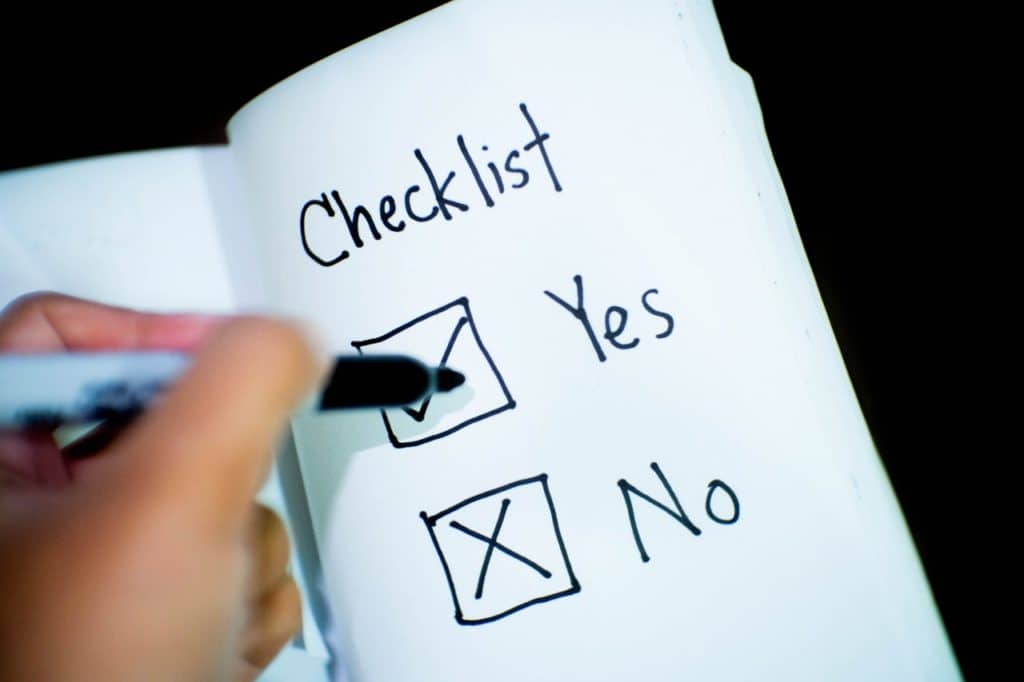FEATURED ARTICLE
5 steps to clear your overdraft

Edoardo Moreni
September 29, 2017 •2 min read
TABLE OF CONTENTS
#1 - Realise you're using your overdraft
#2 - Stick to a budget
#4 - Use your savings to pay off your overdraft
#5 - Close your overdraft forever
Overdrafts are a form of debt, but they can't be compared to credit card or personal loans. They are instant, flexible and most of all, easy. You need to use a completely different approach to tackle this problem. If you go into your overdraft every month or have been stuck in the red for a while, there are ways to pay it off for good. If you live most of the month in your overdraft, you may pay 20% or more in interest as well as high fees.
For example: A £1,000 overdraft with an interest rate of 19.9% costs £199 a year.
#1 - Realise you're using your overdraft
It might seem absurd, but in most cases, people don't even realise they are overdrawn. According to data collected by the CMA, of every ten people who go regularly overdrawn, four of them have no idea that they’re using their overdraft. Checking your bank account doesn't always come along with a good feeling, but it's the first step to stay in control!
Overdraft fees can quickly spiral, leaving you without enough money and forcing you to use your overdraft again.
#2 - Stick to a budget
If you are constantly stuck in an overdraft cycle, it probably means your outgoings exceed your income. You can quickly check where your money goes by using Emma. This will help you understand your current situation. The next step is to stick to a budget. You need to start reducing your outgoings and be able to put some money aside each month.
Budgeting can help you set a target. For example, £100 below your overdraft limit every month. This will help you pay it off slowly. At the same time, you can contact your bank and ask to reduce your overdraft limit, according to your monthly target. In this way, you won't be tempted to use it.
#4 - Use your savings to pay off your overdraft
This might seem a bit counterintuitive. However, since savings rates are far lower than overdraft ones, it's better to pay off your debt first and then start saving again.
A £1,000 overdraft at £20 a month equals £240 per year, but the same in easy access savings earns £10 at best.
You might end up with no emergency fund for a short period, but if the worst happens, you can still fallback to your overdraft. After everything has been cleared, you will be saving more freely.
#5 - Close your overdraft forever
If you have managed to get out of the cycle, congrats. It's now time to close it forever and forget about the pain and stress you went through. If you still want to use it, be aware of what you are doing. Make wise choices and always stay in control of your finances.
You may also like
Check out these related blog posts for more tips
© 2025 Emma Technologies Ltd. All Rights Reserved.
Emma is registered and incorporated in England and Wales.
Emma Technologies Ltd is an appointed representative of RiskSave Technologies Ltd, which is authorised and regulated by the Financial Conduct Authority (FRN 775330).
Payment services (Non MIFID or Deposit related products) for Emma Technologies Ltd are provided by The Currency Cloud Limited. Registered in England No. 06323311. Registered Office: Stewardship Building 1st Floor, 12 Steward Street London E1 6FQ. The Currency Cloud Limited is authorised by the Financial Conduct Authority under the Electronic Money Regulations 2011 for the issuing of electronic money (FRN: 900199). For more detail on how your money is protected please see here. You can also find Currency Cloud's Terms of Use here.
Emma Technologies is an Introducer Appointed Representative of Quint Group Limited and not a lender. Quint Group Limited is authorised and regulated by the Financial Conduct Authority (Firm Reference Number 669450). Monevo Limited is an Appointed Representative of TransUnion International UK Limited. TransUnion is authorised and regulated by the Financial Conduct Authority (Firm Reference Number 737740). Emma Technologies introduces customers first to Quint Group Limited, as a licensed credit broker, who then refers on to Monevo Limited.
Emma is registered with the Financial Conduct Authority under the Payment Services Regulations 2017 for the provision of payment services.
Financial Conduct Authority Reg Nr: 794952.
Company Registration Number: 10578464.
Data Protection Registration Number: ZA241546.
All testimonials, reviews, opinions or case studies presented on our website may not be indicative of all customers. Results may vary and customers agree to proceed at their own risk.
Resources: Cancel subscriptions, Cashback offers, Who charged me, Rent Reporting, Budgeting, Investment universe, Emma vs Moneyhub.
Featured cashback offers: Samsung, SimplyCook, NordVPN, Audible, M&S Homeware.









